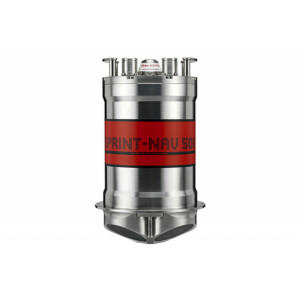
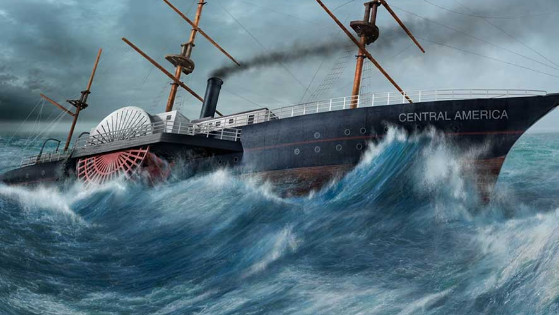
Excavating the SS Central America with a Remotely Operated Vehicle
Lost for 131 years, 160 miles off the coast of South Carolina, the SS Central America sunk in 1857 after being caught in a monstrous hurricane. Known as the ‘Ship of Gold’ due to the large shipment of valuables she was carrying, the 280 foot long wooden-hulled, copper-sheathed paddle steamer now lies in water depths of approximately 2,200 metres (7,200 feet).
Lost for 131 years, 160 miles off the coast of South Carolina, the SS Central America sunk in 1857 after being caught in a monstrous hurricane. Known as the ‘Ship of Gold’ due to the large shipment of valuables she was carrying, the 280 foot long wooden-hulled, copper-sheathed paddle steamer now lies in water depths of approximately 2,200 metres (7,200 feet).
For more than a century, the ship lay undiscovered on the seabed until 1988 when the Columbus-America Discovery Group found her using the Remotely Operated Vehicle (ROV) Nemo. At the time of sinking, the SS Central America’s cargo contained a large quantity of newly minted 1857-S Double Eagle gold coins and gold bars, ingots and nuggets mined and produced during the California Gold Rush. The loss of the abundance of wealth in the storm triggered the financial crisis and the Panic of 1857, leading to a brief but severe economic depression in the United States.
Initial recovery operations began in 1988 and lasted until 1991, with less than 5% of the shipwreck investigated during this time. After years of litigation with the insurers of the cargo, the majority of the recovered gold and artefacts were sold to private buyers for millions of dollars. Since then, salvors have not returned to the site for more than two decades. Until now…
When Odyssey Marine Exploration, Inc. a pioneer in deep-ocean exploration was awarded the exclusive contract to conduct an archaeological excavation and recover the remaining valuable cargo from the SS Central America shipwreck, the project team knew that ROV positioning accuracy would be vital to the mission on this historic project. “After reviewing several deepocean companies, the court-appointed receiver selected Odyssey for the project based on our cutting edge technology and specialised expertise in conducting deep-ocean archaeology. ROV positioning accuracy is key to our ability to deliver the precise work demanded by the receiver and the court,” said Andrew Craig, Senior Project Manager for Odyssey Marine Exploration. Having set sail in April 2014, the team on board the R/V Odyssey Explorer, Odyssey’s archaeological platform and recovery vessel, are using Sonardyne’s SPRINT Inertial Navigation System,Long BaseLine (LBL) and Ultra Short BaseLine (USBL) technologies to acquire accurate and precise positioning of Odyssey’s ROV, ZEUS. The repeatability of the LBL acoustic positioning is vital for ZEUS to conduct detailed multibeam and photomosaic surveys in addition to conducting a thorough archaeological excavation of the site.
A Ranger 2 USBL tracking system is used to provide acoustic aiding to the SPRINT system installed on ZEUS during descent and ascent through the water column to the wreck site. On arrival at the wreck site, SPRINT switches to acoustic aiding from a Fusion Long BaseLine (LBL) array. The deployment of six Compatt transponders on the seabed working in conjunction with SPRINT provides deci-metre positioning of ~0.12 – 0.15 m for ZEUS that is precise, accurate, and repeatable. “The utilisation of the SPRINT system has dramatically increased the quality of our subsea positioning and directly contributed to our ability to perform deep water marine archaeology to the highest possible standards.”
Sonardyne’s Ranger and SPRINT systems are designed for the USBL tracking and inertial navigation aiding of subsea vehicles. Ranger is a high performance, survey grade USBL acoustic positioning system designed for ROV/towfish tracking operations and dynamic positioning (DP) reference. The system chosen is capable of tracking multiple targets at ranges of up to 6,000 metres and is compatible with a wide range of transponders. Ranger can calculate the position of the subsea target – in this case, ZEUS – by measuring the range and bearing from a vessel-mounted transceiver to an acoustic transponder fitted to the ROV.
SPRINT INS is an acoustically aided inertial navigation system for subsea vehicles which makes optimal use of acoustic aiding data from USBL and LBL positioning. The SPRINT final position is also enhanced through the aiding of other sensors such as a Doppler Velocity Log (DVL) and a DiqiQuartz depth sensor. This improves position precision, short term accuracy, reliability and integrity whilst reducing operational time and vessel costs, extending the operating limits of USBL and the efficiency of LBL. The additional integrity of the INS significantly reduces delays during periods of challenging subsea acoustic conditions with the output update rate allowing for greater subsea vehicle control.
“We’ve used Sonardyne technology on many of our excavation and recovery operations over the years for vessel positioning and subsea vehicle tracking,” commented Andrew. “Using SPRINT, we are able to manage the real time navigation and positioning of ZEUS using USBL-aided INS whilst also collecting data from the LBL array that has been deployed. In previous operations, INS positioning has been very robust and saved us time in numerous ways with our survey tasks so we look forward to the same operational efficiency during the excavation of the SS Central America.”
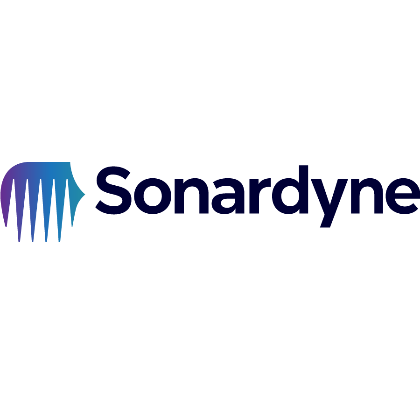
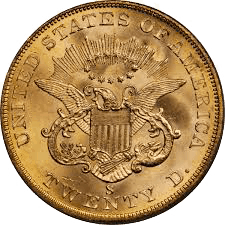


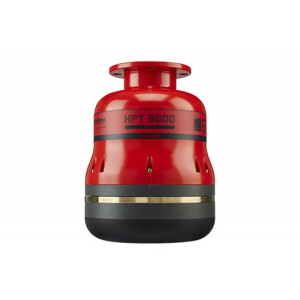
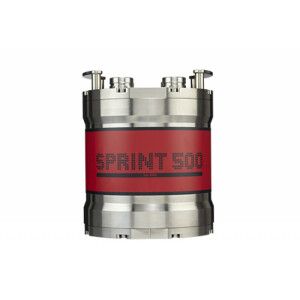
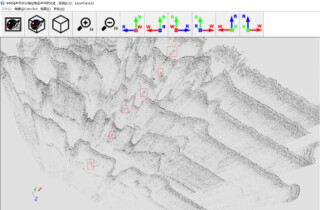

![3月21日-封面[1].jpg](https://cdn.geo-matching.com/voeE1ywo.jpg?w=320&s=6b3b1a0215d770f8797653e9202a8f52)







